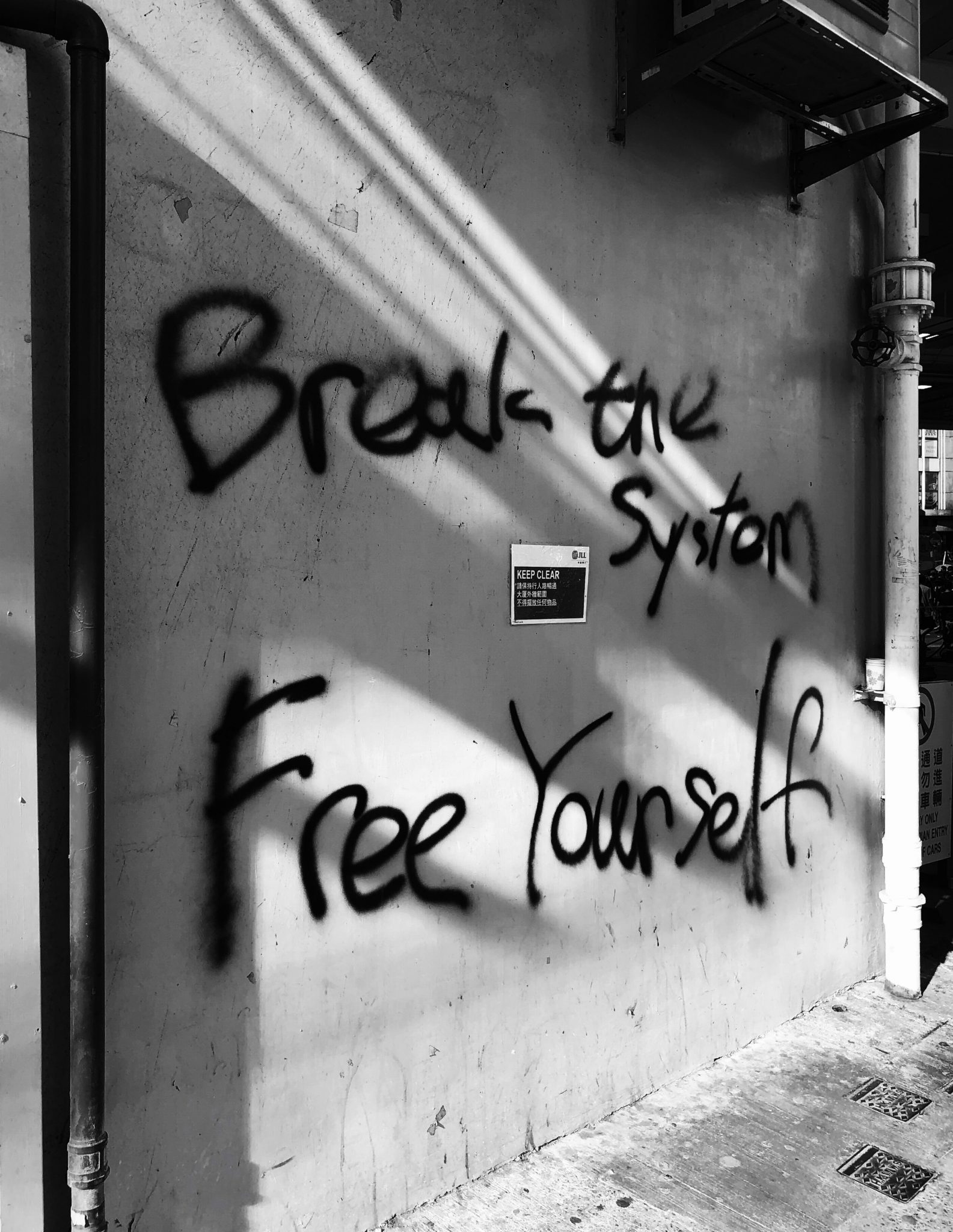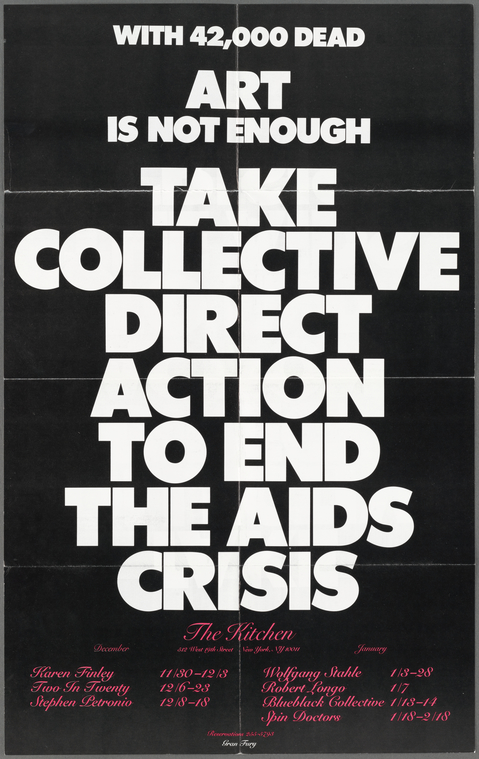During Black Lives Matter Movement, Protest Art Can Be the Needle That Threads Change
Whitney Museum’s David Breslin discusses how visual mediums shape and define cultural moments.

Artist Nina Simone said that it is an artists’ duty to reflect the times they live in. This resonates in the current era of socio-political unrest.
“Rainbow flags, Black Lives Matter yard signs — We see these as hugely important symbols standing for what we believe in and what we’ve worked for.” — David Breslin, Whitney Museum of Art
Art has a power to disrupt and dissect the state of society and its oppressive structures. Steeped in aesthetics that can be monstrous realities, language that can alert consciousness, and strokes of composed beauty that reel one’s eye, art has a shifting power that is vital.
Listen: David Breslin discusses the role artists’ play in transforming and shaping the future through political and protest art.
From the AIDS epidemic to the tragic events of 9/11 on to the civil rights movement of the 1960s and present day, art has illustrated and chronicled the narrative of our lives. And with the traffic of modern technology in addition to cultural institutions, the messages are hyper-visible.
“When I see rainbow flags and Black Lives Matter yard signs in different places, in some ways we know that those were made by people, but it’s not the first thing that comes across our head,” says David Breslin, Director of Curatorial Initiatives at the Whitney Museum of American Art. “We see these as hugely important symbols standing for what we believe in and what we’ve worked for. That comes first. The artist who put those things out into the world, was really responding to the issue that they care deeply about.”
In the Whitney Museum’s 2017 exhibition, “An Incomplete History of Protest: Selections from the Whitney’s Collection, 1940-2017,” co-curated by Breslin, Jennie Goldstein and Rujeko Hockley, the installation presented a variety of perspectives demonstrating how artists confronted social and political issues of their time.
Pulling from their respective contextual focuses — Breslin and the AIDS crisis; Hockley’s thoughts about Black artists and how they’ve reframed the way we think about art from the ’60s to the present; and Goldstein’s expertise channeling the intersection of these movements – the exhibit centered on how artists digest and investigate the world around them, then use their skill to define and shape the future.
While art can be used as a form of resistance and even rebellion, in the current civil rights movements, Breslin reflects on poster art by AIDS artist group Gran Fury, that spoke volumes to him. The poster was created in 1988 and read: ‘With 42,000 dead; art is not enough’.
“What’s so powerful about that is they didn’t say art was nothing and that art wasn’t powerful. But they said that it really had to be complemented by direct action – by marching, being politically organized,” Breslin says. “I think there were a lot of art works like that, that held its contention between wanting to do something and also acknowledging that art has a serious role to play, but it can’t do everything.”
Trusted, accurate, up-to-date
WDET is here to keep you informed on essential information, news and resources related to COVID-19.
This is a stressful, insecure time for many. So it’s more important than ever for you, our listeners and readers, who are able to donate to keep supporting WDET’s mission. Please make a gift today.

